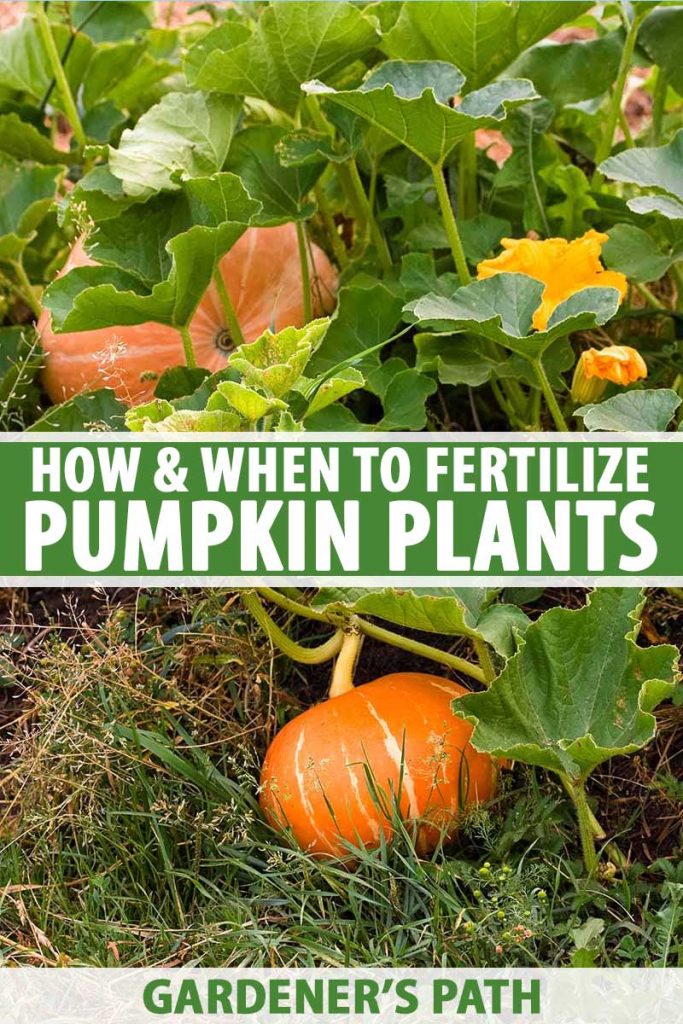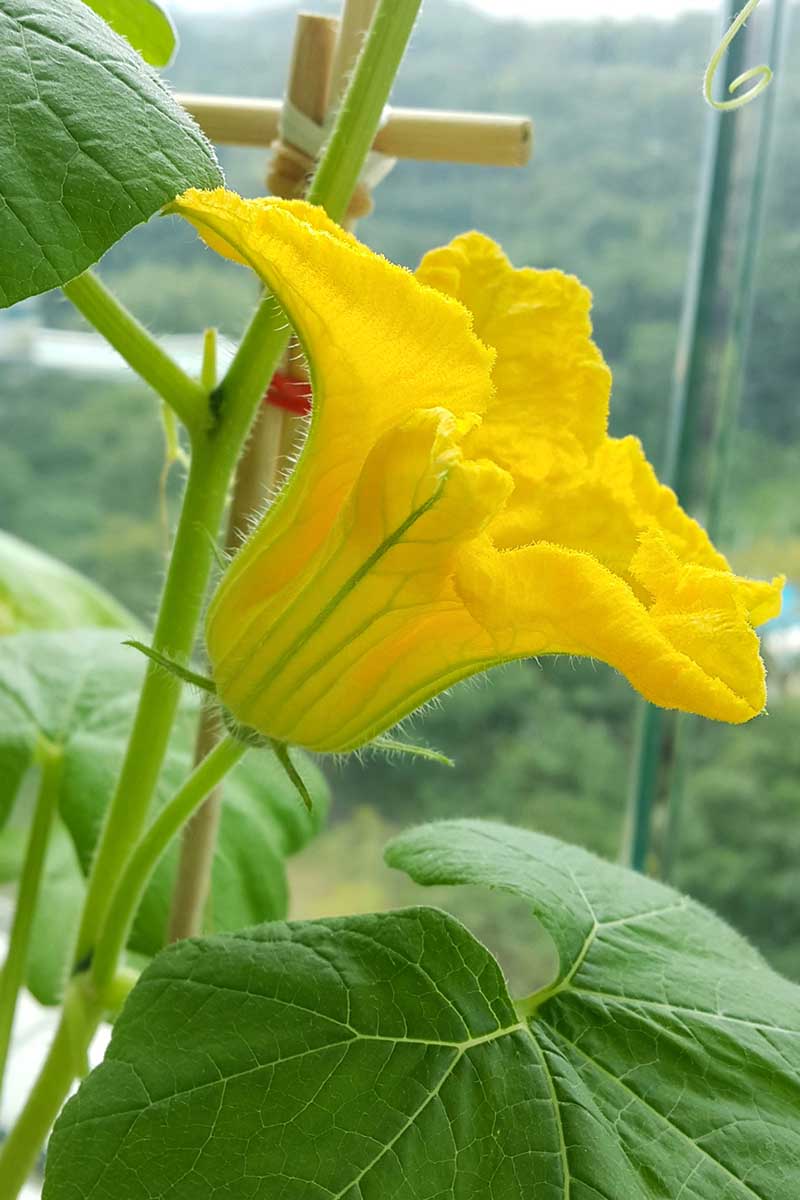Pumpkin Fertilizer: The Ultimate Guide To Growing Huge Pumpkins
Title: Pumpkin Fertilizer: The Ultimate Guide to Growing Huge Pumpkins
Introduction:
Pumpkins are a delicious and versatile vegetable that can be grown in a variety of climates. However, in order to grow truly giant pumpkins, you need to provide them with the right nutrients. This is where fertilizer comes in.
In this blog post, I will discuss the importance of fertilizer for growing giant pumpkins. I will also provide some tips on how to choose the right fertilizer and how to apply it correctly.
Main Content:
Why is fertilizer important for growing giant pumpkins?
Pumpkins are heavy feeders, which means that they require a lot of nutrients in order to grow large. The three most important nutrients for pumpkins are nitrogen, phosphorus, and potassium.
- Nitrogen is essential for leaf and stem growth. It helps to produce the green, leafy growth that is necessary for photosynthesis.
- Phosphorus is important for root growth and flowering. It helps to transport water and nutrients throughout the plant.
- Potassium is essential for fruit development. It helps to strengthen the skin of the fruit and prevent it from rotting.
In addition to these three main nutrients, pumpkins also need smaller amounts of other nutrients, such as calcium, magnesium, and sulfur.
How to choose the right fertilizer for growing giant pumpkins
When choosing a fertilizer for growing giant pumpkins, it is important to choose one that is high in nitrogen and potassium. The phosphorus content should be lower, as too much phosphorus can actually inhibit fruit growth.
There are a variety of different fertilizers available, including organic and inorganic fertilizers. Organic fertilizers are made from natural materials, such as manure, compost, and bone meal. Inorganic fertilizers are made from synthetic chemicals.
Organic fertilizers are generally considered to be more beneficial for the environment than inorganic fertilizers. However, they can be more expensive and may not be as effective in providing the nutrients that pumpkins need.
Inorganic fertilizers are less expensive and more effective at providing the nutrients that pumpkins need. However, they can be more harmful to the environment.
How to apply fertilizer to pumpkins
The best time to apply fertilizer to pumpkins is in the early spring, when the plants are first starting to grow. You can also apply fertilizer again in the summer, after the plants have started to flower.
Fertilizer should be applied to the soil around the base of the plants. It is important to water the fertilizer in well, so that it can reach the roots of the plants.
Tips for growing giant pumpkins
In addition to providing the right nutrients, there are a few other things you can do to increase your chances of growing giant pumpkins.
- Plant your pumpkins in full sun.
- Water your pumpkins regularly, but do not overwater them.
- Mulch around your pumpkins to help keep the soil moist and to suppress weeds.
- Remove any small pumpkins that develop, so that the plant can focus its energy on growing the larger pumpkins.
- Harvest your pumpkins when they are fully mature.
Conclusion:
Growing giant pumpkins is a challenging but rewarding hobby. By following the tips in this blog post, you can increase your chances of success.
I've done some research on pumpkin fertilizer, and I found a great website that has a lot of information. You can visit Home Gardening to learn more about the best fertilizers for pumpkins, as well as how to apply them.
FAQ of pumpkin fertilizer
- What kind of fertilizer is best for pumpkins?
Pumpkins are heavy feeders, so they need a fertilizer that is high in nitrogen. A good option is a balanced fertilizer with an NPK ratio of 10-10-10. You can also use a fertilizer that is specifically designed for pumpkins.
- When should I fertilize my pumpkins?
You should fertilize your pumpkins every 4-6 weeks throughout the growing season. The first fertilizer application should be made when the plants are about 6 inches tall.
- How much fertilizer should I use?
The amount of fertilizer you need to use will depend on the size of your pumpkin plants and the type of fertilizer you are using. Follow the instructions on the fertilizer label for specific application rates.
- Can I use too much fertilizer?
Yes, it is possible to use too much fertilizer. This can cause the leaves of your pumpkin plants to turn yellow or brown. If you think you may have used too much fertilizer, you can flush the soil with water.
- What are some organic fertilizer options for pumpkins?
There are many organic fertilizer options that you can use for pumpkins. Some popular choices include:
* Compost
* Manure
* Bone meal
* Fish emulsion
* Seaweed extract
- What are some tips for fertilizing pumpkins?
Here are a few tips for fertilizing pumpkins:
* Water your plants thoroughly before fertilizing.
* Apply the fertilizer to the soil around the base of the plants.
* Avoid getting fertilizer on the leaves of the plants.
* Do not fertilize pumpkins in the heat of the day.
Image of pumpkin fertilizer
10 different images of pumpkin fertilizer that are free to use:
- Image of a bag of organic pumpkin fertilizer. The bag is green with a white label that says "Organic Pumpkin Fertilizer". The label also lists the ingredients of the fertilizer, including chicken manure, blood meal, and bone meal.

- Image of a liquid pumpkin fertilizer. The liquid fertilizer is clear and comes in a bottle with a green label. The label says "Liquid Pumpkin Fertilizer" and lists the ingredients as well as the directions for use.

- Image of a slow-release pumpkin fertilizer. The slow-release fertilizer is granular and comes in a bag with a brown label. The label says "Slow-Release Pumpkin Fertilizer" and lists the ingredients as well as the directions for use.

- Image of a pumpkin plant with healthy leaves. The leaves of the pumpkin plant are a deep green color and are free of any signs of nutrient deficiency.
- Image of a pumpkin plant with large, orange pumpkins. The pumpkins on the plant are large and orange, and they are free of any signs of pests or diseases.

- Image of a farmer applying pumpkin fertilizer to a pumpkin patch. The farmer is using a fertilizer spreader to apply the fertilizer to the ground.
- Image of a pumpkin seedling growing in a pot. The seedling is healthy and green, and it is growing in a pot of potting soil.

- Image of a pumpkin seed germinating in a seed tray. The seed is starting to sprout, and the roots are beginning to grow.

- Image of a pumpkin flower. The flower is a bright orange color, and it is about to bloom.

- Image of a pumpkin vine. The vine is green and healthy, and it is covered in pumpkin flowers and pumpkins.

Post a Comment for "Pumpkin Fertilizer: The Ultimate Guide To Growing Huge Pumpkins"